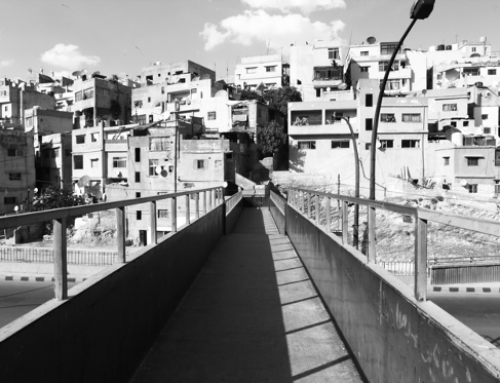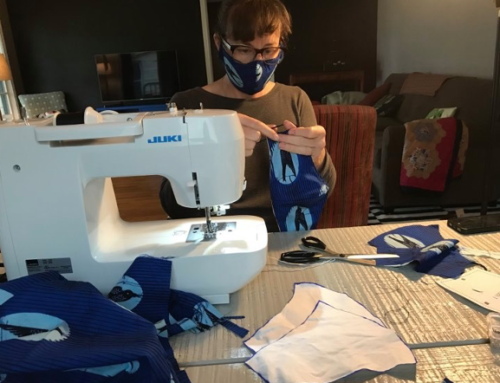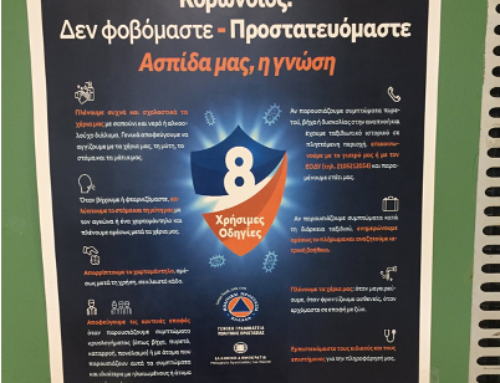“Are you okay?”
It was an ominous way to wake up: a ping from a text 15 minutes before my morning alarm buzzed. The message was from a friend who lives a few streets away.
“Are any of us okay right now?” I thought but didn’t text back.
“Yeah, I am. Why? Are you okay? Is something going on?” Fully awake, I wondered if another tragedy occurred while I slept.
“I heard about the shooting on your block last night. Just checking in.”
I live in the heart of Bedford-Stuyvesant Brooklyn, on a block like many others: one that has both rapidly changed over the past decade, and stayed the same. Over half of the brownstones are still owned by Black folks who either inherited the property from parents, aunts, or grandmothers, or bought them in the early 90s when this part of Brooklyn had yet to appeal to white buyers and was still considered no man’s land.
But the reality is my neighborhood was never considered a no man’s land or disenfranchised or devastated or bleak to the many Black people who live here, who cultivate the cultural richness and intangible aliveness that make neighborhoods like Bedstuy prime geographies for flag planting and cooptation.
We still have block parties where “block uncles” skewer hot dogs on small round, rusted-out BBQ grills while kids from Atlanta and Charlotte visiting extended family ‘up north’ play in rented bounce tents in the middle of the street. Wiry young Black men gather on corners talking trash and making smart and playful jokes as you walk past them and their overturned bikes. These young men have beef with the other young men who live a few streets down. The park at the end of our block, a mix of outdated swings, ladders, and monkey bars, a too small—on purpose—basketball court, and an open expanse of blacktop used for skateboarding, outdoor training, and drug trafficking, is supposedly the territory over which they fight for ownership.
I read and take phone calls on the green wooden benches scattered on the playground perimeter on summer days when the sun makes staying inside feel like an offense. At night walking home from the bodega, I pass the generator-run stadium lights the NYPD set up in late spring to flood the park with a glare. It’s so bright you can read the lettering on candy wrappers pushed to edges of the basketball court: Banana Now & Later…TWIX…double bubble. The illumination is unsettling in that it already designates the entire square block from avenue to avenue a crime scene. I step off of the sidewalk before I approach the lights to walk in the darkness of the street, feeling the secrets and safety in shadows.
I don’t expect to find any mention of the shooting on the news, doubting if another street shooting in Brooklyn is noteworthy to people in the media who assess which traumas are legible, which worthwhile to cover. So, I log on to the Bedford-Stuyvesant Facebook page where I find a post about the shooting. Scrolling a few comments down, it is revealed that the victim was a child. I inhale the details: a bullet…ongoing tensions between ‘gangs’…a one-year-old shot and killed on impact in his stroller…a family in the park. And exhale the analyses: why were they out that late with a baby? this is what happens when babies have babies. that park is a mess. ya’ll still want to defund the police?
Are we okay?

The Park. Photo by Aimee Meredith Cox.
The rest of the day, maybe even the rest of the week as the facts of the shooting become clearer, my understanding of it becomes hazier. The thought of the death of this baby must fade, become sketchy, for mundane and normal life to go on. The thought of this baby must stay with us in sharp and cutting clarity for new life to emerge.
As it turns out, the shooting of an infant is newsworthy, Newscasters set up lights to join those placed by the police in front of the metal gate circling the park where a small memorial has formed. I convene on the corner with my neighbors to watch. We are too far away to hear what is being said, intentionally so, and are comforted watching lips move. I pretend the correspondents are telling a different story.
A few days after the shooting, the park is converted into a make-shift fair. Astroturf appears to cover the lot with a few scattered tables of logoed merchandise for giveaways. Uniformed cops play basketball with neighborhood kids. There is a DJ. He alternates between calls for everyone to dance and unrehearsed testimony on gun violence and police-community unity. My next-door neighbor, a tall bearded Black man who lives with his 90-year-old mother, taps my shoulder and holds up a Black Lives Matter t-shirt. “There’s more over there,” he says, pointing to a plastic table. I walk away, moving past the candles and the frayed satin ribbons tied to the gate. I decide to stay on the sidewalk this time. I decide I am not okay.
Cite as: Cox, Aimee Meredith. 2020. “We Are Not Okay.” In “Flash Ethnography,” Carole McGranahan and Nomi Stone, editors, American Ethnologist website, 26 October 2020, [https://americanethnologist.org/features/collections/flash-ethnography/we-are-not-okay]
Aimee Meredith Cox teaches African American studies and anthropology at Yale University. She is author of Shapeshifters: Black Girls and the Choreography of Citizenship (Duke University Press, 2015).




